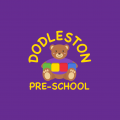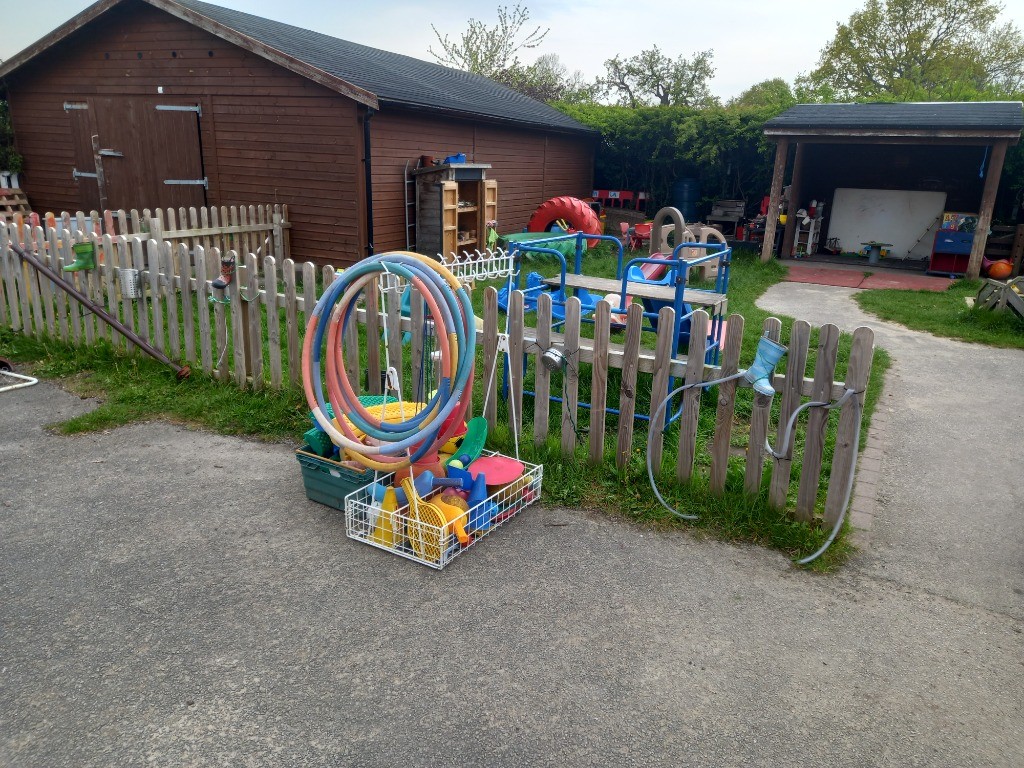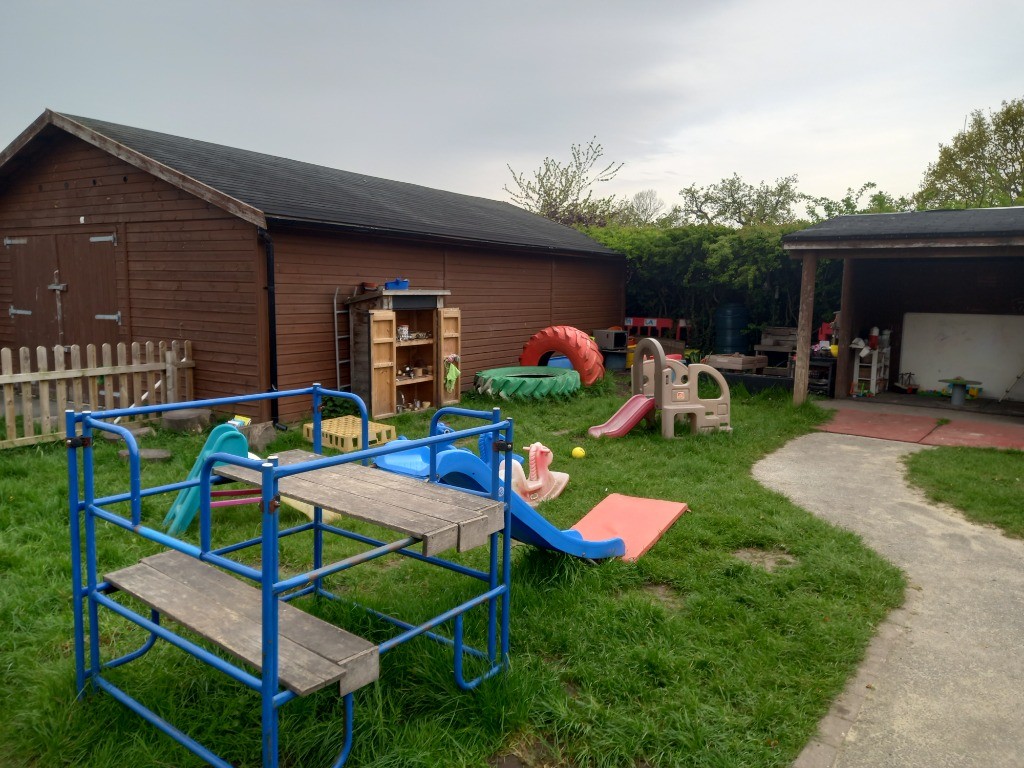Moving from nursery, or even no childcare, to pre-school can be a big step for your toddler.
It’s a new environment with new faces and opportunities, which can be daunting for the little people! It also marks the beginning of a new chapter filled with growth, learning, and socialisation.
However, the transition can be challenging for young children who are leaving the familiar comfort of home for the first time. Here are some strategies to help your toddler or child adjust smoothly to pre-school.
1. Introduce the concept of pre-school early
It’s a good idea to begin talking about pre-school well in advance. Even for young toddlers (aged two), you’d be surprised what they take in when you explain something to them.
Use positive language to describe the exciting activities, new friends, and kind teachers they will encounter. Reading books about starting school and role-playing pre-school scenarios can make the concept more familiar and less intimidating.
2. Visit the pre-school together
If possible, arrange a visit to the pre-school before the first day. Familiarising your child with the environment, meeting the teachers, and seeing the classroom can alleviate anxiety. Many pre-schools offer orientation sessions or open days which are perfect opportunities for this.
At Dodleston Pre-School, we always encourage an in-person visit so your child can explore the available space and meet our very friendly purple ladies. You can visit us even before you fill out a registration form to see if our school is the right one for your child.
3. Establish a routine
Children thrive on routine, and establishing a consistent daily schedule can provide a sense of security. You should aim to set regular times for waking up, meals, and bedtime in the weeks leading up to pre-school. Practice the morning routine of getting dressed, having breakfast, and leaving the house to create a predictable pattern.
This is particularly important if your child has never attended any sort of care setting, such as a nursery or childminders.
4. Build their social skills
If your child has not had much interaction with peers, arrange playdates or attend toddler groups to help them develop social skills.
Learning to share, take turns, and communicate with other children can ease the transition to a group setting like pre-school, and may make them feel a little less daunted.
5. Discuss feelings openly
Toddlers generally struggle to deal with their emotions. This is the main reason for ‘tantrums’ at this age, a time when they’re struggling to understand their feelings.
You should acknowledge that starting pre-school can bring a mix of emotions for both you and your child. Encourage them to express their feelings and listen empathetically. Reassure them that it’s normal to feel nervous or excited and that you will be there to support them.
6. Create a goodbye ritual
A consistent goodbye ritual can provide comfort and make parting easier. Whether it’s a special hug, a high-five, or a short phrase you always say, having a predictable way to say goodbye can help your child feel secure.
Tell them to ‘have a great day!’ or simply say ‘I love you’. It’ll help them to understand that you’re leaving, but of course you’ll always come back.
7. Stay positive and patient
Positivity and patience on your part will certainly rub off on your child. If you can stay calm and positive about the transition, your child will likely feel more at ease too. Talk enthusiastically about the fun they will have and the new things they will learn.
Staying patient will also give your child the time they need to adjust. Consistent encouragement and support will help them feel more comfortable over time.
8. Communicate with the teachers
We’d suggest that you maintain open communication with your child’s teachers. They can provide valuable insights into how your child is settling in and suggest ways to support the transition at home. Building a strong partnership with the pre-school staff can enhance your child’s experience.
Helping your toddler adjust to pre-school is a journey that requires preparation, patience, and positive reinforcement. By following our simple steps above, you can make this transition a positive and rewarding experience for your child.
Remember, your support and encouragement are key to helping your child feel confident and excited about their new adventure in pre-school.




